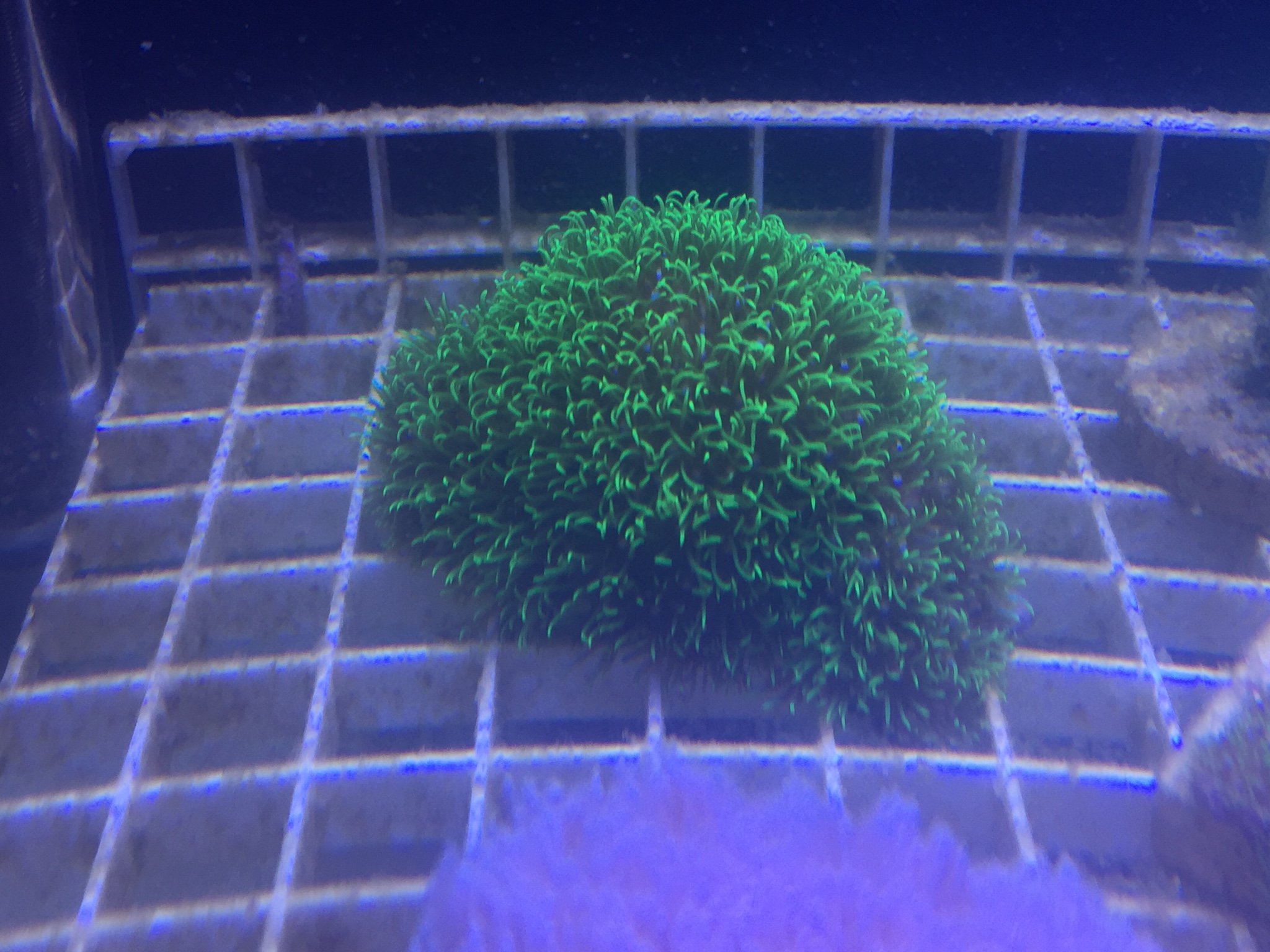Sabellafella
7500 Club Member
View Badges
Excellence Award
Reef Tank 365
Reef Of The Month
Reef Squad Emeritus
Reef Master
My Tank Thread
My Aquarium Showcase
- Joined
- Jul 8, 2015
- Messages
- 7,593
- Reaction score
- 12,048
The hermits and small inverts I can pull out without a problem. I just havnt done enuff research to know if it's detrimental toward other animals like my fish.Very large dilution.....you'll be good!




















